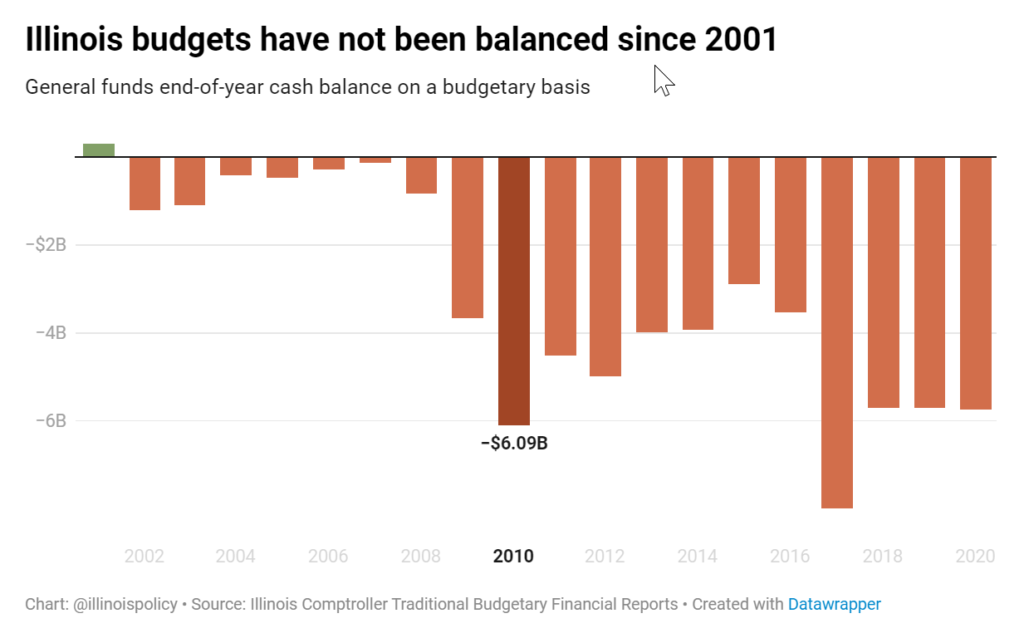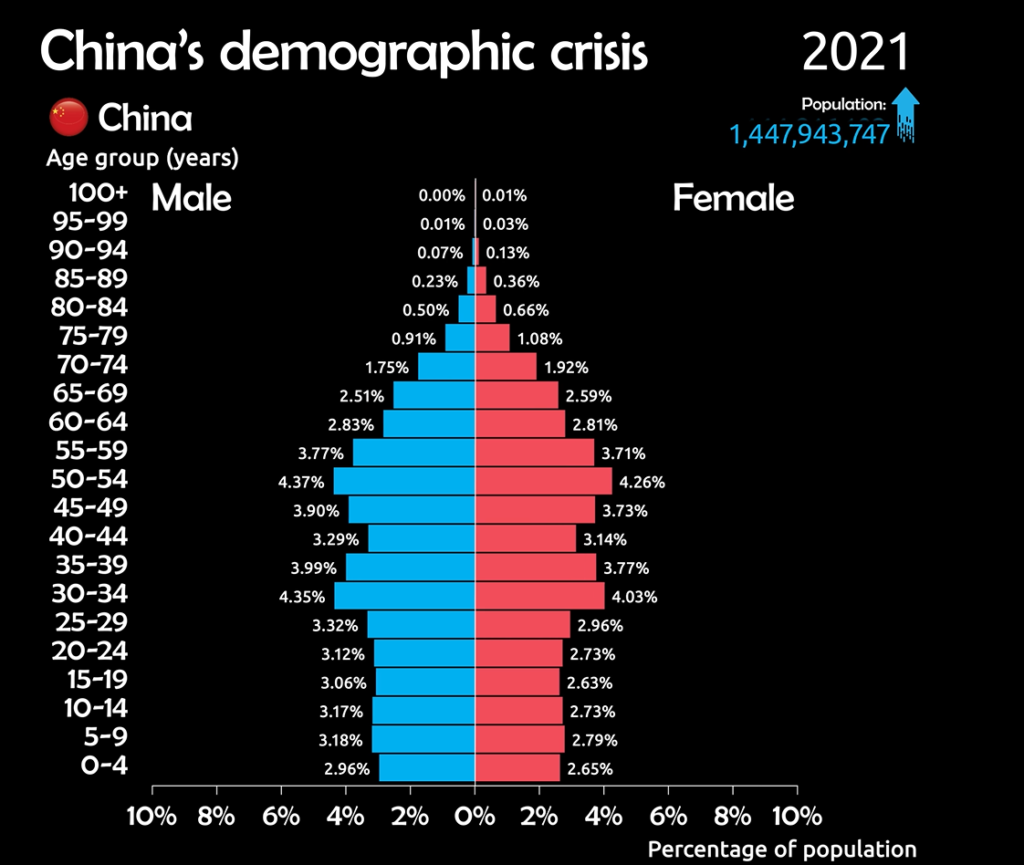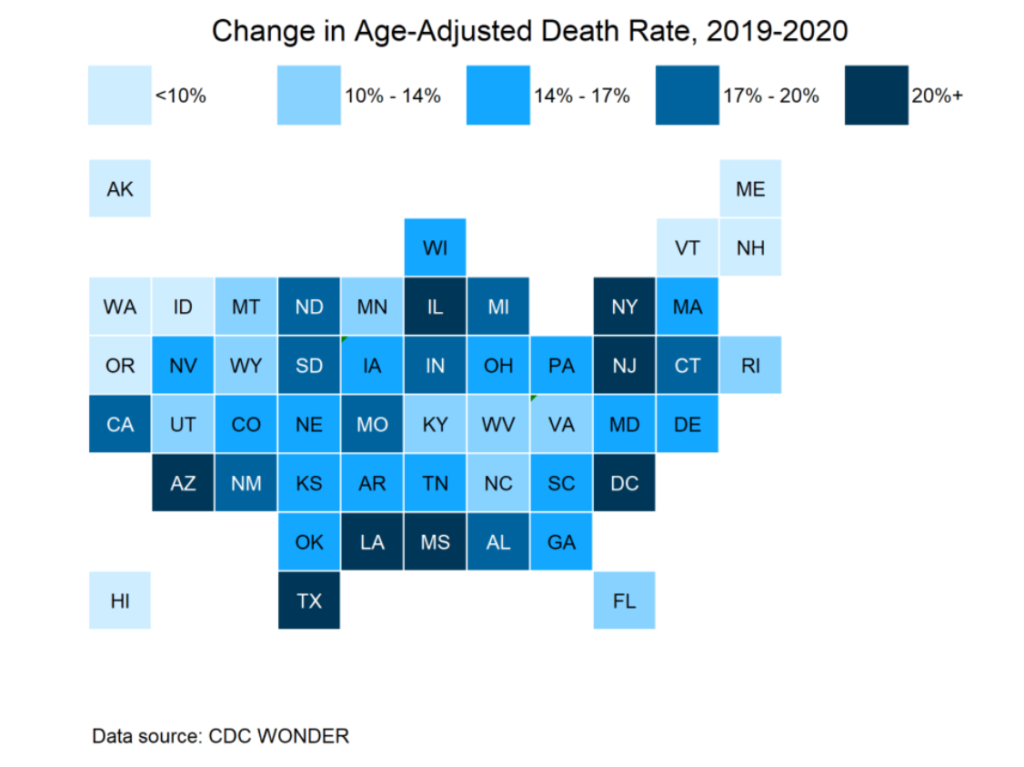Link: https://reason.com/2022/01/11/how-high-will-californias-taxes-go-before-theres-no-one-left-to-tax/
Excerpt:
It’s hard to say which of these is the “worst,” but the 2.3 percent gross receipts tax sticks out. That gross receipts taxes are an awful way to structure a business tax is one of the few things that tax policy experts across the political spectrum almost universally agree on. That’s because they make no allowance for the large variance in profit margins that different types of businesses make—whether a business has a profit margin of 0.1 percent or 10 percent, it would still have to pay the same percentage of its total revenues.
That’s a problem with any gross receipts tax, but California’s proposed tax would exacerbate this inherent problem with a rate that is three times the level of the nation’s current highest. The higher the gross receipts tax rate, the more low-margin businesses that could be put in a position where operating in California would lose them money.
Almost as bad is the proposal to institute a payroll tax on businesses with 50 or more employees. Not only are payroll taxes a regressive tax (even if the tax is imposed on the employer, it would be passed on to employees in the form of lower wages), but the 50-employee threshold would create an obvious disincentive for businesses to hire their 50th employee.
Author(s): JOE BISHOP-HENCHMAN AND ANDREW WILFORD
Publication Date: 11 Jan 2022
Publication Site: Reason



